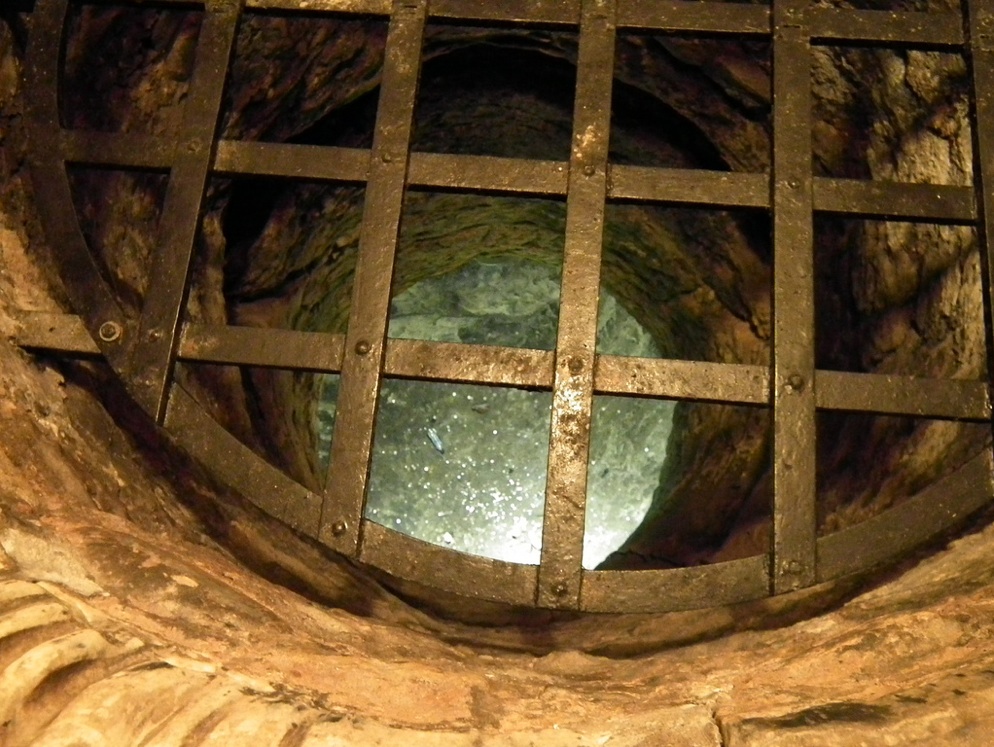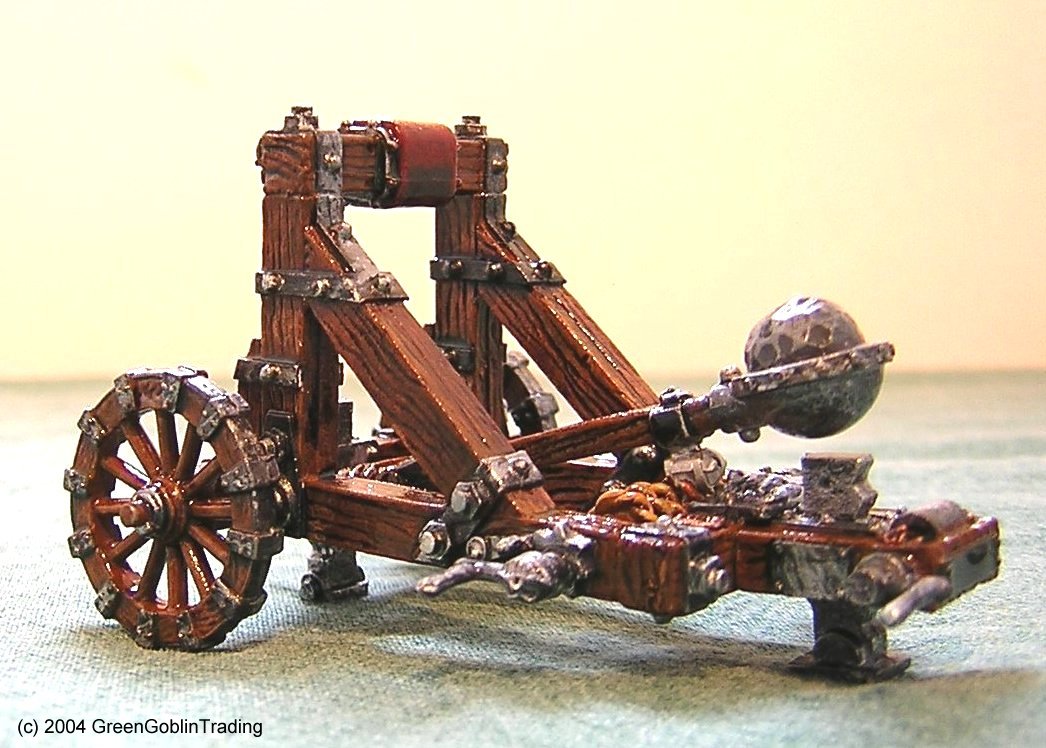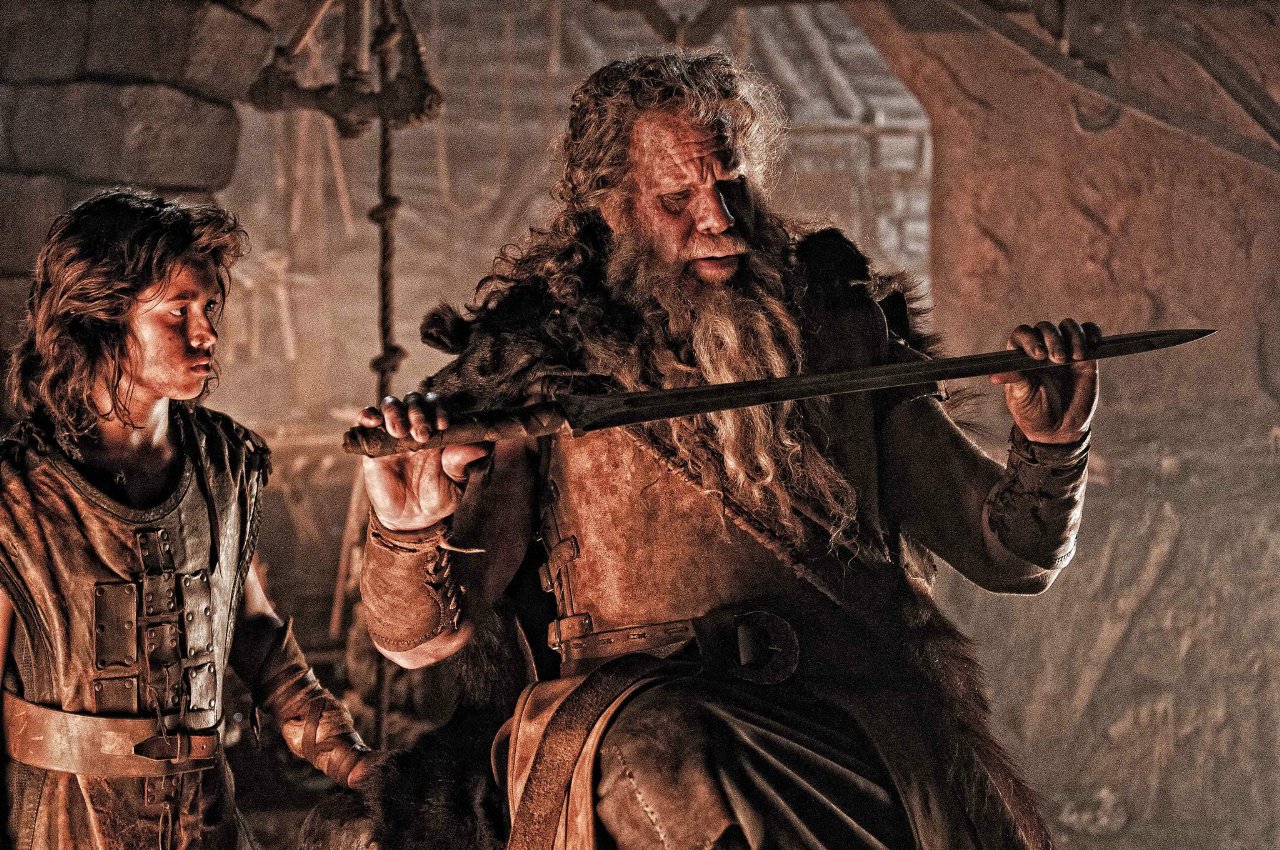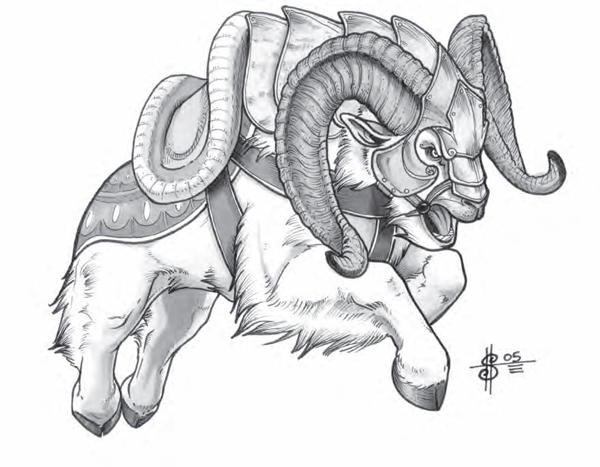The jailbreak is a classic trope, and it’s usually a fun
one. Putting the players in a situation
where they are at a disadvantage, and have to juggle stealth, timing and speed in
an environment specifically designed to hinder them.
So when we left off last time, the party was in the custody
of the Splinterbeard clan, acting (allegedly) on behalf of King Ironhammer, and
were being transported to the king’s private dungeon.
The party decided that it was too risky to make a move while
being transported, so they hung tight while during the trip. They were marched underground, first along
the major tunnel between High Grass and Goldenhills Hall, but then turning
south under the mountains on the southern edge of Goldenhills territory. Luckily, Korrum’s background is as an
Underdark Guide, so he was able to get a good idea of where they are.
The trip ended at an unremarkable section of corridor. The escort moved a concealed panel of stone
aside, revealing a narrow stairwell. The
guards hustled the party through a small complex of rooms, clearly barracks of
some sort, then into a room with a heavy stone slab, raised by a heavy winch
and pulley. Under the slab was another
narrow stairway, leading further down.
But these are CHARACTERS, so they don’t sit there very
long. Well, for a while. Couple of hours or so. Just to let things quiet down. Then Wanderer, who has managed to keep a
dagger, some thieves tools AND his magical chain (change self and sleight of
hand are wonderful), is on the case. A
very brief session of lockpicking results in everyone out of their shackles. From there, it’s a matter of getting up to
the top of the hole.
They decide on a Hilbo-assisted jump-launch – which goes
somewhat awry. Wanderer’s luck and
dexterity keep him from crunching on the stone ceiling, and he manages to catch
the lip of the hole. He rolls out, and
quickly discovers that there are several guards close by, and manages to get
out of line of sight before he is spotted.
Using one of the magical powers of his enchanted chain,
Wandered slips into the Fey and slides around the guards into another
corridor. He finds more locked doors and
sees an odd-looking metal wall at the far end of one corridor. Deciding that continued exploration is risky,
he goes full Changeling.
Shifting himself to look like one of the guards that brought
them down to the dungeon, he turns right around and walks into guard
chamber. Slickly convincing the guards
that he’s been sent down to get a rope ladder, he strolls into the guardroom,
gets a rope ladder and goes back over to the hole where the rest of the party
are trapped. Critical success on
Deception rolls are handy.
However, the hole is still in direct sight of one guard, who
is himself in direct sight of two other guards, so Wanderer has more thinking
to do…. Illusions are your friend
here. Wanderer steps out of sight,
creating an illusion of “himself” falling over into the pit. Inspired.
A guard comes to help, and gets kicked into the pit. Wanderer (still looking like a guard himself)
motions the third guard over, and Slie (from in the pit) starts shouting “I’m
OK, but I need help getting out” and doing a damn fine job of sounding like the
first guard.
The third guard turns his back on Wanderer and takes a
dagger in the throat for being dumb, and shortly thereafter (aided by a Silence
spell from Korrum and a nasty shot with a hand crossbow by Wanderer) there are
4 dead guards and no alarm raised.
So now the party really gets into it. They liberate their gear, find a number of
imprisoned servants who inform them that the King is maybe insane, and has
imprisoned them for “trying to poison me,”
“plotting to murder me,” and “stealing the thoughts from my brain”. They also release an elven Expeditionary from
Leagrove, who has been missing for 6 months and a dwarf, Dorren Eigar,
apparently a cousin of their friend Khidre.
Wanderer notices that Dorren’s “street clothes”, which they found in a
chest near their own equipment, conceals considerable hardware in the form of
hidden daggers, garrotes and poisoned darts.
Next up: Guards! Guards!




























